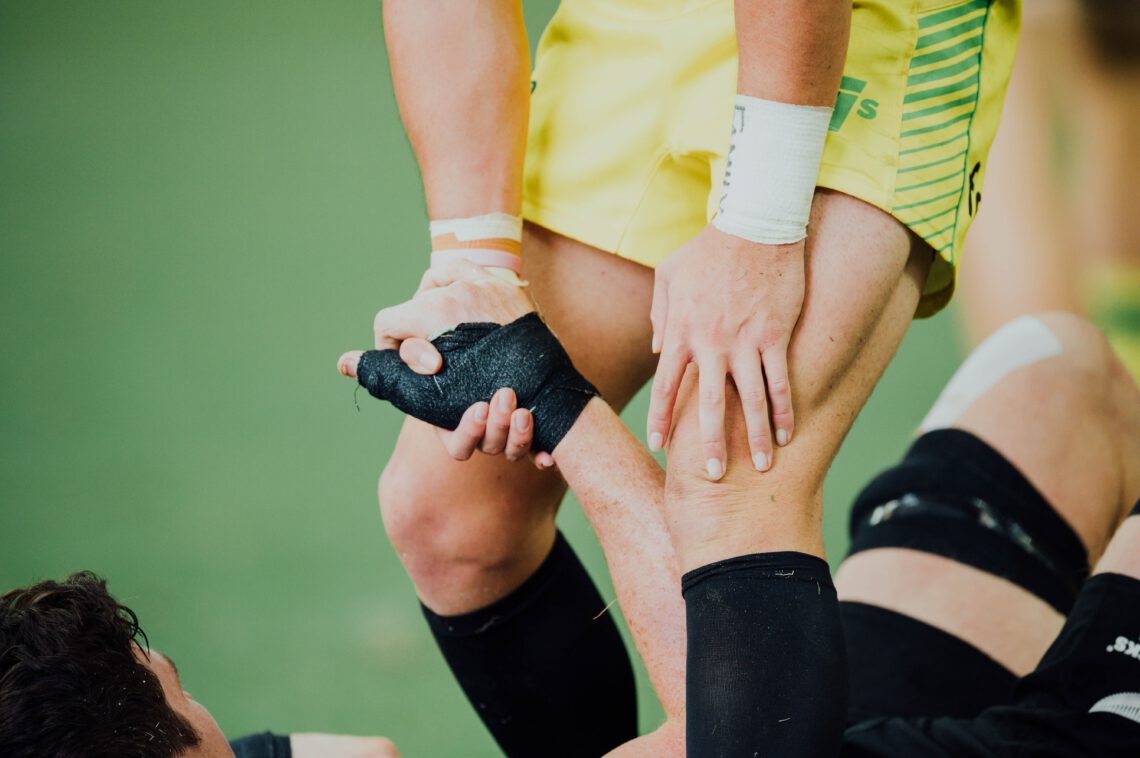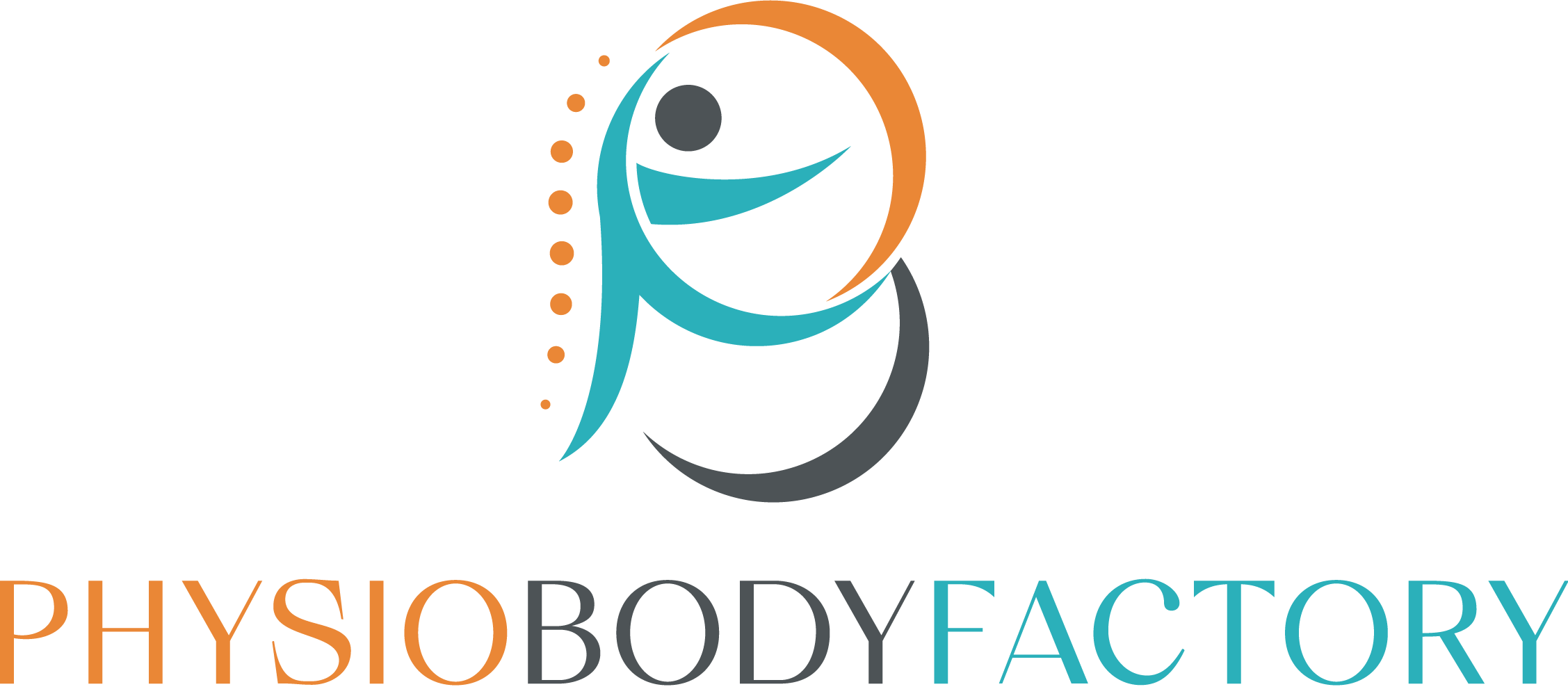
The effect of training with an external focus in ACL rehabilitation
Currently, there is not a single exercise program that is ‘the best’ for ACL rehabilitation. Even though there has been a lot of research done about the rehabilitation of ACL patients, we decided to research the effects of training with an external focus in ACL rehabilitation.
There is evidence that training with an external focus, compared to an internal focus, may have a positive influence on risk factors for reducing the risk of recurrence of an ACL injury
But what were the effects of external focus on ACL rehabilitation and what type of external focus was used? We will discuss everything of our literature research to inform you about the outcomes of using an external focus during ACL rehabilitation.
What are the effects of training with an external focus in ACL rehabilitation?
Risk factors that influence the motor control
Firstly there are a number of risk factors that affect motor control for non-contact ACL injury. For instance; greater knee valgus and/or limited knee flexion during landing, increased vertical ground reaction force (vGRF) during landings with relatively more extended knees and a limited trunk flexion during landing.(1,2)
Effects of external focus on knee valgus during jumps and landing:
The article from Welling et al.(3) looked at the difference during the valgus moment of both the dominant- and non-dominant leg during landing. This took place at different moments during the rehabilitation; the pre-test, training 1 and 2, the post-test, and finally the retention-test.
They used 3 different learning strategies: External focus (EF), Internal focus (IF) and video instruction (VI) as a form of external focus, and of course a control group (CRTL).
A few results took place: men in the internal focus group had a greater valgus moment with their dominant leg at the pre-test, post-test and retention-test in comparison to the EF group. In addition, men in the VI group (also external focus) had the smallest valgus moment compared to the IF and EF groups during the pre-test, post-test and retention-test.
Also, the valgus moment in the VI group was significantly greater during the retention-test compared to the post-test. For the other groups, the figures were almost identical and/or not significant.
However, according to the article from A. Gokeler et al. [2015](4), there was no significant difference of knee valgus whilst landing between the IF and EF groups with the affected leg. In addition, there was no significant difference in the valgus upon landing on the effected leg.
Effects of external focus on knee flexion during jump, landing and lateral steps
Men in the IF group had a smaller knee flexion range of motion (ROM) at the non-dominant side compared to the EF group and the VI group. Also, men within the EF group showed a significantly greater ROM at the retention-test compared to the post-test.(3)
Women in the IF group also had a smaller knee flexion ROM at the non-dominant leg compared to the VI group. It also showed that the women’s knee flexion (ROM) in the VI group was significantly greater after the retention-test in comparison to the post-test.
The article of A. Benjaminse(5) compared IF, EF, and VI on 2 different test moments; training 1 and training 2. The results showed that after the lateral step, the EF and VI groups had greater knee flexion in ROM compared to the internal focus (IF) group.
In addition, knee flexion at landing was the greatest in women in the VI group compared to the EF, IF and the ctrl group.
According to the results of the article by A. Gokeler et al. [2014](6) the peak knee angle during non-virtual reality training in the ACLR-group was increased in virtual reality and decreased in the CTRL-group.
With the influence of virtual reality on knee flexion, a significant difference was present between the different groups. The ACLR-group showed a very small increase, whereas a decrease took place within the CTRL-group.
Finally, the article by A. Gokeler et al. [2015](4) showed that the knee flexion at the initial contact of the non-affected leg was not significant when using an external focus compared to internal focus.
However, there were two other significant difference. Firstly, the affected leg showed a smaller flexion in the IF-group in comparison to the EF-group. Secondly, there was a significant effect in the peak flexion for both the unaffected- as well as the affected leg.
Effects of external focus on trunk flexion during jump, landing and lateral step
According to the results of the article by A. Benjaminse et al.(5), men had a smaller trunk flexion during landing than women in the EF and VI groups. However, this does not say whether or not this resulted from the effects of external focusses.
Effects of external focus on vGFR during jumps and landing
According to Welling et al.(3), men in the IF-group had a greater ground reaction force (GRF) in comparison to the EF-group.
It also showed a significantly greater increase in GRF in IF-group between the retention-test and the pre-test compared to the EF-group and the VI-group. Additionally the EF-group showed a significantly smaller GRF between the pre-test and post-test.
According to the results from the article by A. Gokeler et al. [2014](6), the vGFR was lower in the ACLR-group with non-virtual reality in comparison to the CTRL-group, but increased during the use of virtual reality, with no change in the CTRL-group.
The difference between external focus (EF), internal focus (IF), and video instruction (VI)
In the following table we will discuss the difference between external focus, internal focus, and video instruction so you can understand the different definitions better.
Are you interested in more blogs about motor learning; make sure to check out our blog ‘What is the difference between implicit and explicit learning’
| Learning strategy | Instructions | Extra learning strategie |
| External focus (EF) | “Push yourself off the ground as hard as you can after landing on the power plate” | Self-directed learning feedback (LESS score) |
| Internal focus (IF) | “Straighten your knees as soon as possible after landing on the power plate” | Self-directed learning feedback (LESS score) |
| Video instruction (VI) | “You will see an expert video, try to imitate the jump as best you can” | Self-directed learning feedback (LESS score) |
| Control group (Ctrl) | N/A | N/A |
Our vision:

There is some evidence that training with an external focus, compared to an internal focus, may have a positive influence on risk factors for reducing the risk of recurrence of ACL injury. Larger cohort studies must demonstrate whether or not this can actually reduce a recurrent injury.
Either way, with these results, physiotherapists should strongly consider using external focus exercise therapy in ACL rehabilitation. Training is needed to implement this on a large scale.
Currently, there is a new intervention called ‘blood flow restriction training’, which can also be used for the ACL rehabilitation, which you can read about, in our blog.
Sources:
- Castanharo R, da Luz BS, Bitar AC, D’Elia CO, Castropil W, Duarte M. Males still have limb asymmetries in multijoint movement tasks more than 2 years following anterior cruciate ligament reconstruction. J Orthop Sci. 2011;16(5):531–5
- Sigward SM, Powers CM. The influence of gender on knee kinematics, kinetics and muscle activation patterns during side-step cutting. Clin Biomech (Bristol, Avon). 2006; 21:41-48.
- Welling W, Benjaminse A, Gokeler A, Otten B. RETENTION OF MOVEMENT TECHNIQUE: IMPLICATIONS FOR PRIMARY PREVENTION OF ACL INJURIES. Int J Sports Phys Ther. 2017 Nov;12(6):908-920.
- Gokeler A, Benjaminse A, Welling W, Alferink M, Eppinga P, Otten B. The effects of attentional focus on jump performance and knee joint kinematics in patients after ACL reconstruction. Phys Ther Sport. 2015;16(2):114–20.
- Benjaminse A, Welling W, Otten B, Gokeler A. Transfer of improved movement technique after receiving verbal external focus and video instruction. Knee Surg Sports Traumatol Arthrosc. 2018 Mar;26(3):955-962. doi: 10.1007/s00167-017-4671-y. Epub 2017 Aug 10.
- Gokeler A, Bisschop M, Myer GD, Benjaminse A, Dijkstra PU, van Keeken HG, van Raay JJ, Burgerhof JG, Otten E. Immersive virtual reality improves movement patterns in patients after ACL reconstruction: implications for enhanced criteria-based return-to-sport rehabilitation. Knee Surg Sports Traumatol Arthosc. 2016 Jul;24(7):2280-6. doi: 10.1007/s00167-014-3374-x. Epub 2014 Oct 14.


